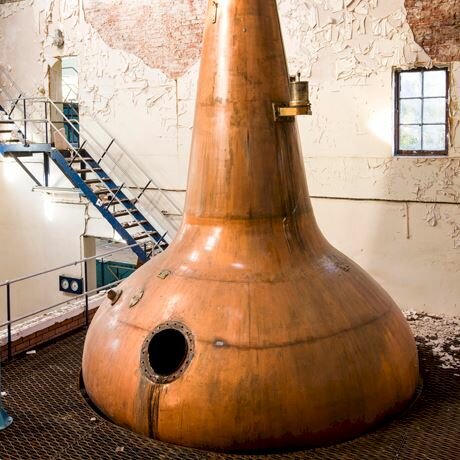On July 17th, 1901, in Edinburgh, in a building at Chambers Street, 27, a gentleman in his middle-age, wearing a striped jacket, was standing and listening to the judge. Then he nervously straightened his moustache and loudly said: “My brother is entirely innocent of charges two and four”. This man’s name was Robert Pattison, and his brother, who was also there, was Walter Pattison. They have been just sentenced to imprisonment for 18 and 9 months respectively, for defrauding the public and overvaluation, and this verdict formally completed an amazing period in the history of the Scotch whisky industry, when about 40 whisky distilleries were built in only 10 years.
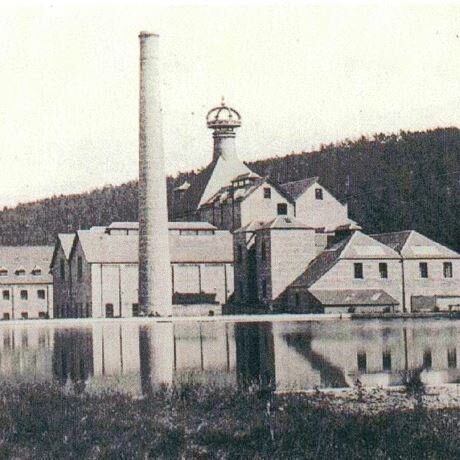
Although we should not blame Pattison brothers, ingenious marketing professionals, for all what had happened, but rather we should put the blame on a technical progress with its steamships, which allowed phylloxera to move from the New World to France, and, what is more important, the greed of banks, willing to finance the bubble on а commodity market without close look at the real supply/demand ratio and basing its decisions on extremely optimistic market forecasts.
Furthermore, on December 19, 1898, after the Pattisons company appeared to have problems, Dundee Evening Telegraph newspaper wrote the following: ”In the 12 months ended 31st March last, the quantity of Scotch whisky consumed was in round figures 12 ½ millions of gallons, which was a record, but on the day named there were 89 millions in bond in Scotland, or over seven years’ supply at that abnormal rate consumption, even if every factory in Scotland was closed until 1905. Some of the immense quantity in stock is, no doubt, Irish whisky, but, it is understood, not more than 1 million gallons, two years’ supply, for Scotland. These figures are perfectly clear, yet only a few days ago was shown communications from various proprietors the Highlands to their London clients which they spoke of only three-years’ supply being in hand”.
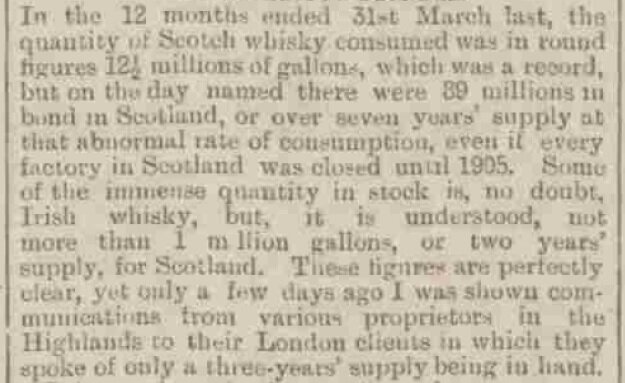
Let’s go back to the present days. There were two events recently in my life that made me remember this passage, which I came across once read The British Newspaper Archive. The first one – in November 2018 I had a chance to travel across Ireland and to visit several distilleries, which were whether under construction, or had been just built, or had just started to sell their own whiskey. I had a full sense of travel in time as I went back to Scotland of the end of the 19th century. And when I returned from that trip, I bought the Malt Whisky Yearbook 2019 and started to read it and I was very surprised.
If to speak about Ireland, we have been hearing about Irish whiskey industry renaissance for several years already. The country, which is proud of its place in a whisk(e)y history, and which once produced the most volume of whisky in the world, had actually only one normally working distillery by the mid-1970s. Maybe that is why it is so important for Irish that the industry is recovering and new distilleries are appearing, and that is why this issue is so much spoken, so much information about it is available.
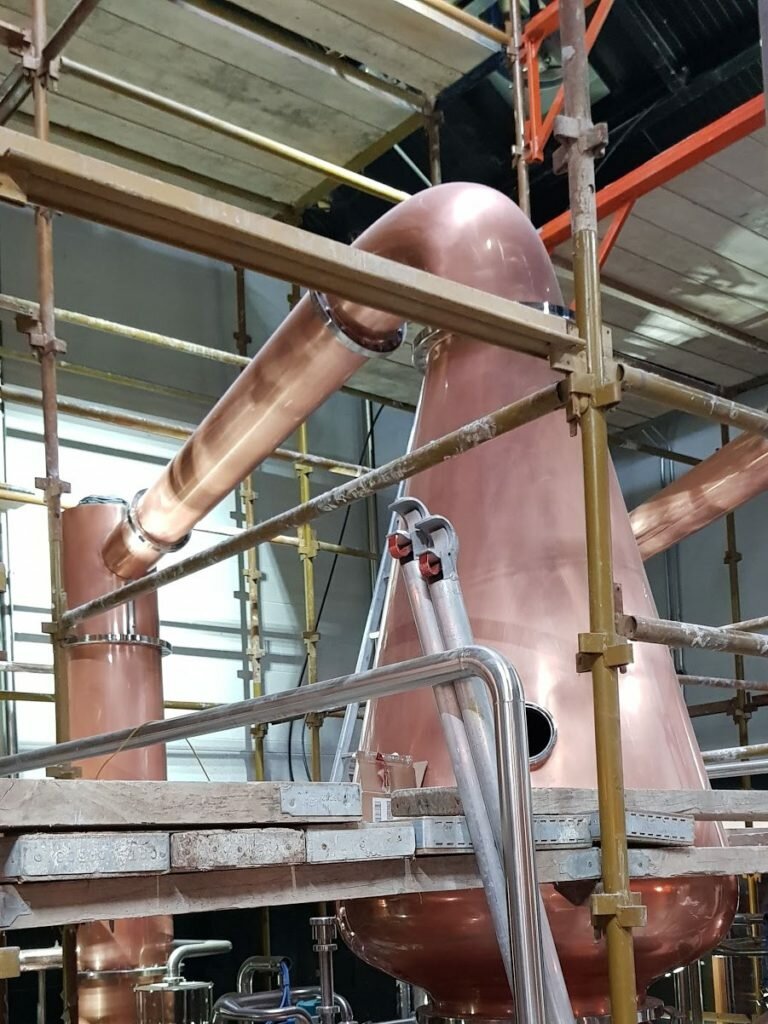
However, if to analyze the available information, the growth of Irish whiskey production is not as high as the growth of newly established distilleries number, moreover, production surplus is largely provided by investments in the expansion of the production of existing distilleries, e.g Midleton.
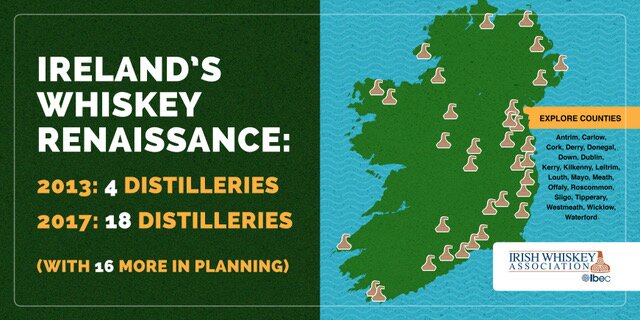
The growth of whiskеy production in Ireland in 10 years by 2020 will give extra 25 million liters of pure alcohol in total, which is, however, quite comparable to the increase in sales of Irish whiskey in the world (plus 11 million litre of pure alcohol for 2011-2016), first of all in the USA, Europe and Russia. Nevertheless, the figures are still impressive — plus 18 distilleries since 2007, and more 19 distilleries are planned!
It seems that it is absolutely unreal and could not be compared with Scotland, where, of course, new distilleries also appear from time to time, but there is no a lot of noise on such occasions. But let us look at the figures. In 10 years, from 2007 to 2017, there were opened… 25 distilleries with a total capacity of almost 45 million litres of pure alcohol in Scotland! And if we add the expansion of production capacity at Macallan (in fact, the construction of a new distillery) and at the Glenlivet, the additionally introduced capacities for this period will amount to more than 60 million litres. Further, the expansion of Glenfiddich capacity is at the final stage; that will increase the production capacity of the distillery 1.5 times (plus more than 6 million litres). At least more 15 distilleries are in different stages of construction projects – and there is no doubt that such projects as Ardnahoe, Lagg, Port Against, Brora and Rosebank will be implemented soon.
What Ireland! Just think about what happens in Scotland – whisky production capacity for the past ten years added newly more than half of capacity of the whole Irish industry! And it’s interesting that a kind of “hidden giants” appeared in Scotland recently — distilleries, which names are not known widely, but which are real giants. What do you know about Dalmunach? Meanwhile, this distillery produces 10 million litres of malt distillate. And what about Ailsa Bay with its 12 million? About Roseisle with 12,5 million? As for the trends, at least 7 new distilleries, not counting Bladnoch, started their operations only in 2017!
Thus, we understand that the supply of whisky will be abundant, especially since in addition to Scotland and Ireland, the other countries also «work» to increase the supply side. One thousand of micro-distilleries appeared in the U.S. since 2016 only, and that is without consideration of such success stories as Michter’s (at the same time, big producers like Wild Turkey, for example, pretend not to recognize that «craft» business is of any trouble for them. Nevertheless, if you look at the widely discussed proposals to change the US whiskey legislation – prohibition of maturation in small casks; prohibition to call whiskey a bourbon after finishing it in different types of casks; obligation to indicate the source of spirit on labels, etc. – you will see that the situation is not so unambiguous). Further, for example, in August 2018 I was unable to get into the stills room at the Japanese Yamazaki – they were installing new pot stills… Meanwhile, there are now 20 whisky distilleries in Japan already. And in March 2018 I had an option to choose between 10 distilleries to visit in small Sweden…
So, the supply side is growing everywhere, but let’s go back to the Scotch and let’s check the demand for Scotch. As the Malt Whisky Yearbook 2019 writes, «starting 2013, Scotch Whisky has been struggling with declining figures and in 2014 both volumes and values were down – for the first time in decade«. After that I looked at the sales statistics of Scotch whisky in the world for 2015, 2016 and 2017 (p.291) and tried to recalculate the 9-liter boxes into pure alcohol, by which the production capacity of distilleries is measured.
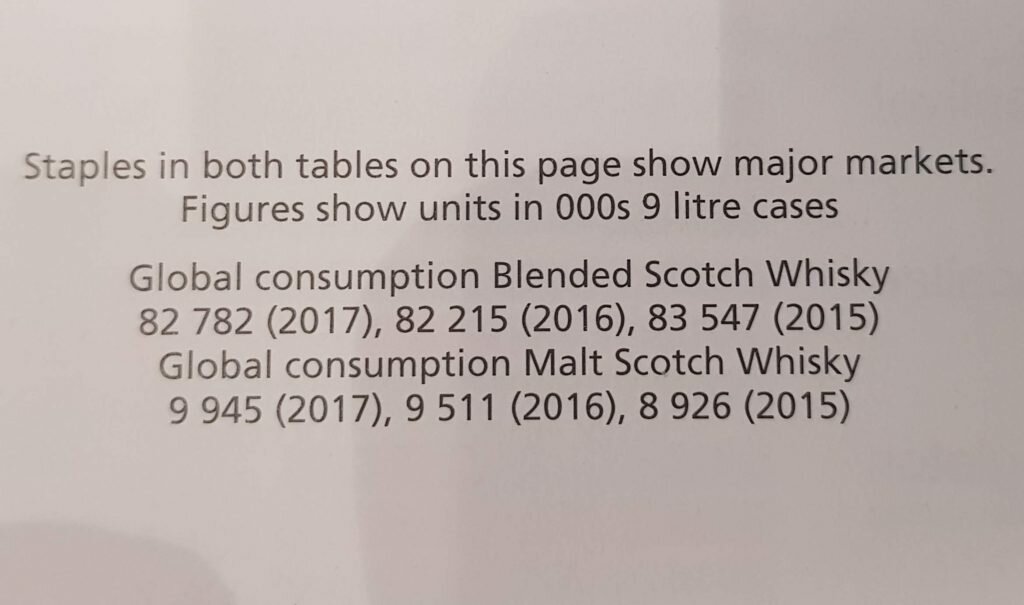
In order to make 40-42% ABV solution out of a litre of pure (96.4%) alcohol, you need about 1.4 litres of water. Thus, if to neglect the “angel’s share” (which in Scotland is insignificant) during maturation, especially with the current trend for NAS releases), the sales volume can be estimated as follows:
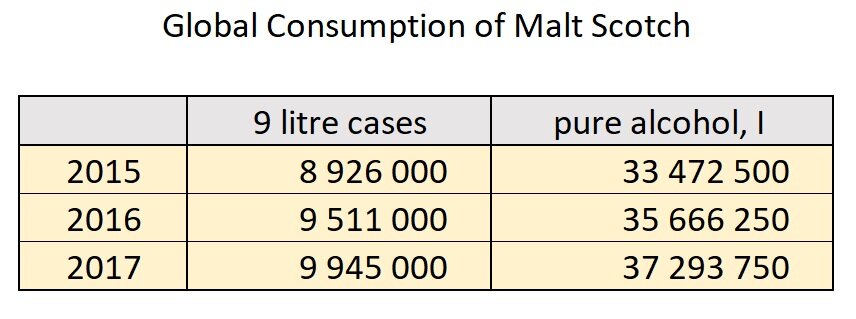
Worldwide consumption growth (CAGR, Compound Annual Growth Rate) is predicted to be 2% for Scotch for 2017-2022 (compare with 7.4% for Irish whiskey). Tell me where I’m wrong in these calculations, but it turns out that only the 2007-2017 increase in the production capacity of malt whisky in Scotland exceeds entirely the annual sales of single malt Scotch in the world. Let me remind you that the production capacity of almost 60 million litres of malt spirits has been added in Scotland for that period.
If the calculations are correct, how and when all this can lead to an overproduction crisis? It is clear that the whisky industry has a long horizon of planning, and it is not necessary to use all the production capacity to make whisky as well as excessively laid spirits will be not spoiled, but will turn into a well-matured good whisky. But at the same time, a lot of projects, which have been already launched and which will be launched soon, will demand their share on the market in any case, even if their capacity will be not fully involved. And it will inevitably sharpen the competition. From the point of view of owners and investors, it is not the most optimistic prospects. They may put in use such words as “to shut down” and “to mothball” again.
From the point of view of consumers and the industry as a whole, there is nothing to worry about. Almost until the last couple of decades of the 19th century, Scotch was a kind of distillate drunk mainly in Scotland itself, as gin was the most popular drink in the cities of the United Kingdom, in port cities everybody was used to drink rum, and the aristocracy preferred brandy. The growth in demand, though overestimated, and the followed investments in the industry made Scotch whisky famous all over the world and made it similar to a beverage that we love so much today. A new round of investments, an attempt to find a place on a shelf through an amazing work with the wood, unbelievable finishes, experiments with peat, etc., all that may leave its own footprint in the whisky history too. And an overproduction crisis, perhaps, will make all this whisky quite affordable to us.
Alexey Nearonov
